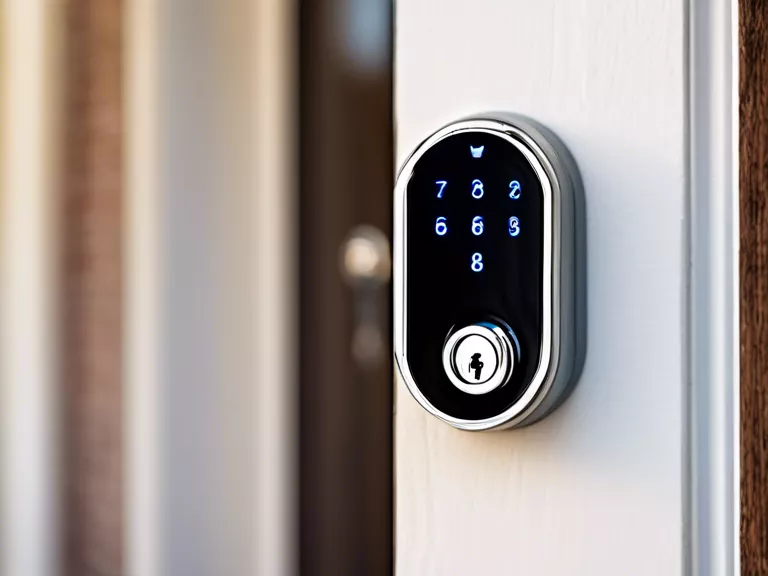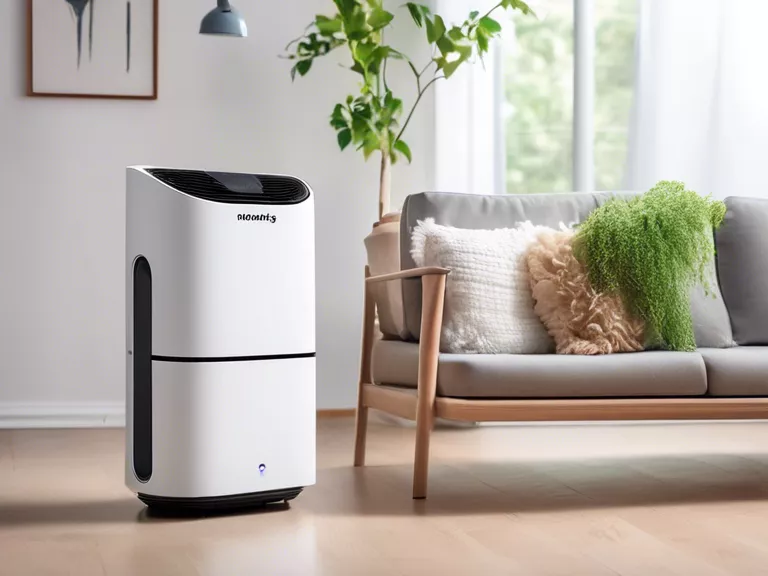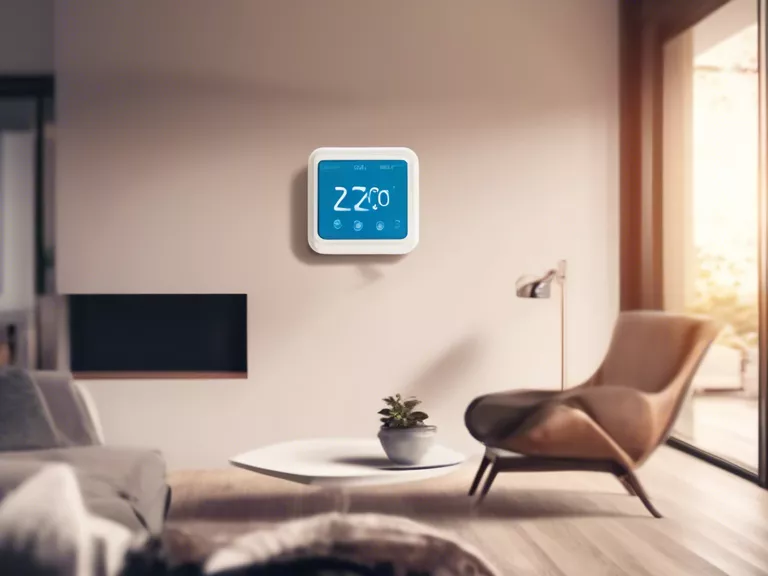
In today's rapidly advancing technological landscape, smart home hubs have emerged as the central control point for a wide array of connected devices. From thermostats to security cameras to lighting systems, smart home hubs unify these devices into a seamless ecosystem that can be easily managed and controlled from a single interface.
These hubs serve as the brain of the smart home, connecting devices through various communication protocols such as Wi-Fi, Bluetooth, Z-Wave, or Zigbee. By centralizing control, users can access and manage all their connected devices through a single app or voice commands, making it easier to automate routines, monitor energy usage, and enhance overall convenience and security.
One of the key benefits of smart home hubs is their ability to integrate devices from different manufacturers into a cohesive system. This means that users can mix and match devices from various brands without worrying about compatibility issues. Additionally, smart home hubs often support third-party integrations, allowing users to incorporate popular smart home platforms like Amazon Alexa, Google Assistant, or Apple HomeKit.
Moreover, smart home hubs can enable advanced automation and customization options. Users can create personalized routines that trigger multiple devices to perform specific actions simultaneously. For example, you could set a "good morning" routine that turns on the lights, adjusts the thermostat, and plays your favorite music when you wake up.
As smart home technology continues to evolve, hubs are becoming more sophisticated, offering enhanced features like AI-driven insights, geofencing capabilities, and remote monitoring. With a smart home hub at the center of your connected ecosystem, you can enjoy improved efficiency, comfort, and peace of mind in your everyday life.



